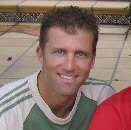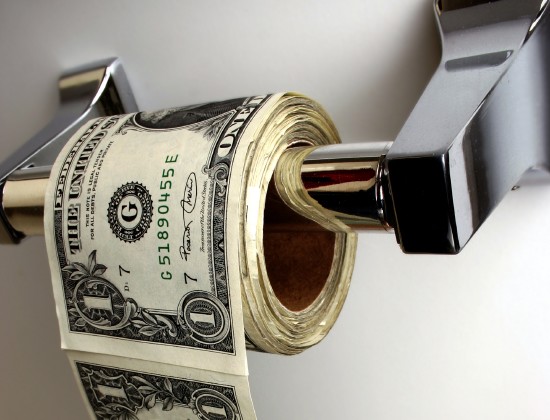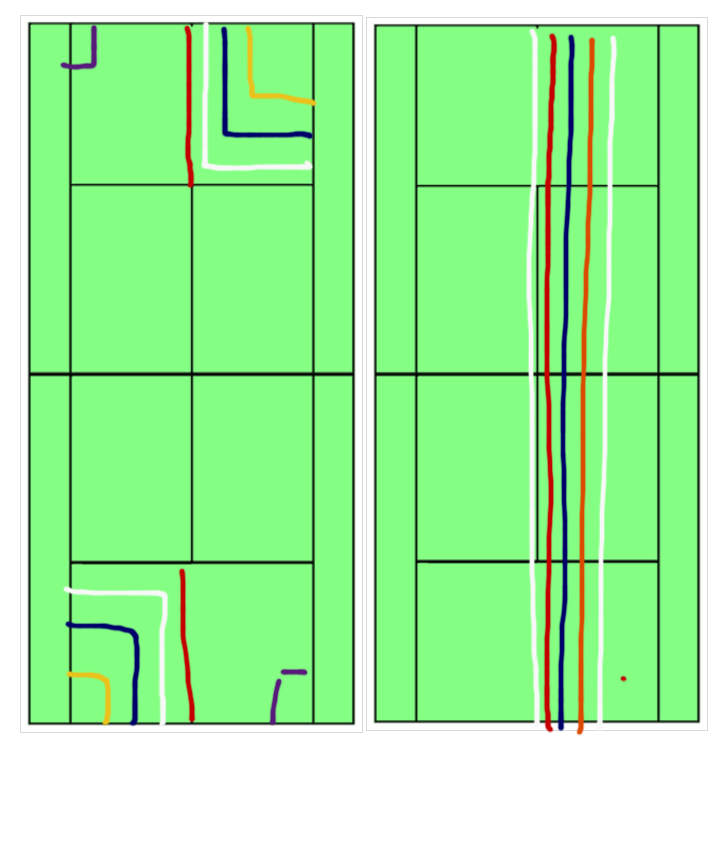Steal This Drill: Peel the Orange for a Nasty Slice Serve
 Monday, November 28, 2011 at 06:17AM
Monday, November 28, 2011 at 06:17AM  CAtennis
CAtennis 
The slice serve is an often underutilized serve but one of the most effective. When juniors (and other developing players) see Isner, Roddick and Karlovic bombing aces at 145mph+ down the middle, it is easy to become mesmerized and forget about all the other serving possibilities. If, however, we put testosterone aside and analyze Roger Federer's serving pattern, we see that he is one of the best at exploting the slice serve.
As a matter of fact, Federer routinely starts his service games with the out-wide serve and uses it up to 2/3 of the time (on first serves) thoroughout the match (more on a faster surface than on a slower surface). The slice serve is effective because (a) it gets the opponent's momentum moving to the right (red arrow) and (b) even a well struck return doesn't compensate for an open court (sharp cross-court backhand or down the line forehand - both difficult to track down). On the ad-side of the court, the slice serve is a great way to start a wrong-foot play (i.e., hit behind the returner) as well as to "keep an opponent" honest (especially when she runs around your normal serves and pounds winners).
When practicing the slice serve, it is often tempting to just put a target out-wide in the service box (deuce side) and aim for it. A better way may, in fact, be to insert a broomstick or PVC pipe right through the center strap (red line) and aim for serves down-the-center. Try to get your slice serves to curve outwards (orange line) around the right side of the pipe. This may be a better way to practice than aiming straight for the wide serve because you will work on actually seeing the ball breaking around the pipe as opposed to merely hitting flat serves out-wide (i.e., "side-winder's" v. "throwing darts"). That is, you're working on the slide; the skid; the curve. As you get better, move the pipe 1 inch to your right (i.e., the opponent's ad-side - purple line above) and continue curving your serves around it down-the-T. Keep moving it inch-by-inch until the pipe is about 10 inches or a foot off-center (your right side). When you master 10 sliders around the pipe in this position, start shifting the pipe more and more to your left (i.e., towards the opponent's deuce side) until it reaches about half-way into the service box (opponent's deuce side). This is the point where the ball should to "break" left and slide out-wide.

One of the concepts to keep in mind when practicing the slice serve is to vizualize "peeling the orange". I first learned this from Guy Fritz when I was practicing at his and Kathy May's home in Rancho Santa Fe which was surrounded by orange groves. At first, I thought that he actually wanted me to quit my day job and start peeling oranges for a living but what he meant was that the string bed simulate an orange peel moving up and around the ball. Here's the interesting part: the red part of the arrow outlines the path of the string-bed BEFORE it makes contact with the ball. The blue part of the arrow outlines the general contact point. The RED zone is, however, the contact zone for a good kick or top-spin serve. This means that, from the opponent's point of view, it looks as if you're "kicking him" out wide.
Do this correctly, and you will bamboozle him into switching his grip to backhand and shifting his weight onto his left foot thereby making it more difficult to cover the slider. At the last second, you actually make contact with the ball ("up and around") curving the ball towards your left (his right). Sometimes, this may require two grip changes from the opponent (from forehand to backhand and back to forehand again). If this happens, your opponent - even one with a monster forehand - may be tripped up by a serve that looks as if it's going to the backhand and then breaks to his forehand. This may just enough of an edge to create a huge opening in you opponent's side of the court which you can exploit with your groundstrokes. So peel the orange for juicier points.





